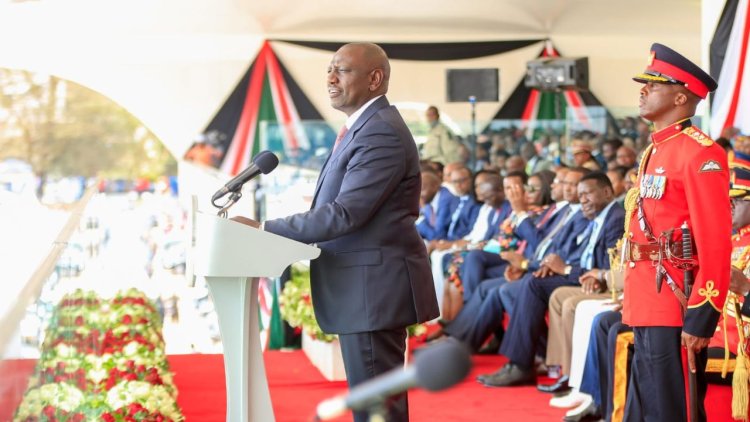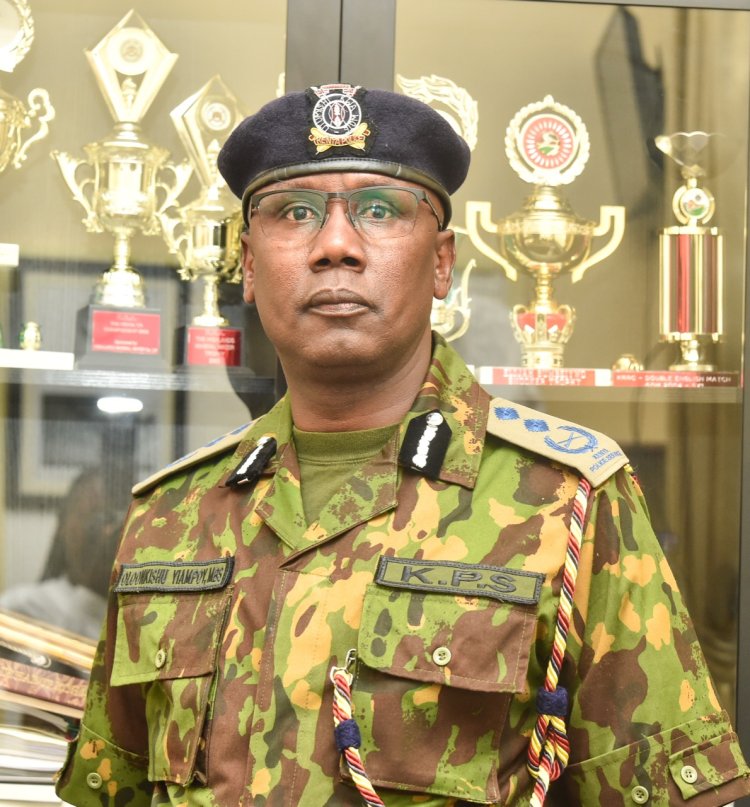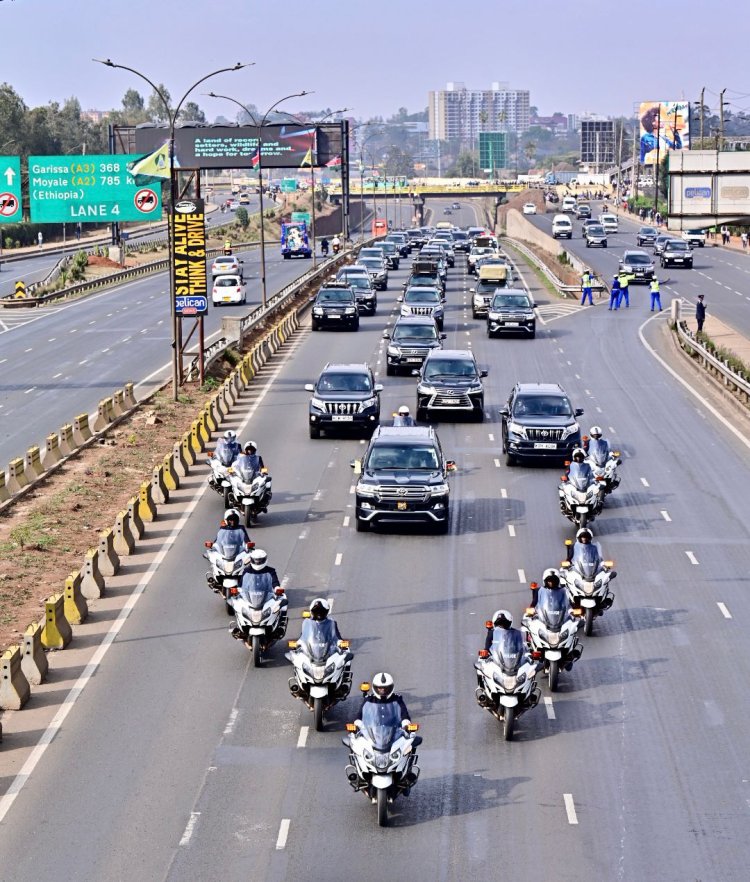Ruto's Long-Serving Head of Security To Head Escort Unit
He replaced the Senior Assistant Inspector General of Police Josphat Mputhia Kirimi who has been promoted to the National Focal Point on Small Arms and Light Weapons.

President William Ruto's Presidential Escort Unit (PEU) was reshuffled on Friday, October 21 in an exercise that saw its new leader named.
Assistant Inspector General (IG) of Police Oloonkishu Yiampoy has been appointed as the unit's commandant.
He replaced the Senior Assistant Inspector General of Police Josphat Mputhia Kirimi who has been promoted to the National Focal Point on Small Arms and Light Weapons.
Prior to his appointment as the Presidential Escort Unit Commander, Kirimi served in the Recce squad of the General Service Unit (GSU) in various capacities.

New Presidential Escort Commandant Oloonkishu Yiampoy. /FILE
Yiampoy on the other hand served as the Head of Security in the Office of the Deputy President for 10 years, having worked with Ruto when he was the second-in-command to former President, Uhuru Kenyatta.
He is an expert in VIP protection having served in the Presidential Escort for 26 years and is a graduate of Egerton University.
According to the Constitution of Kenya, President William Ruto and his Deputy, Rigathi Gachagua, are entitled to the services of the PEU by way of being the top leaders in the country. 45 presidential escort officers are assigned to the deputy president while 200 officers are attached to the President.
The PEU is known to mesmerise many because of the sophistication with which it carries out its operations. It is composed of the Joint Operational Command (JOC) that makes sure that the security services to the president and his deputy are provided.
The officers are derived from the elite Recce squad, an elite paramilitary unit of the General Service Unit (GSU). They undergo an intense training program before being assigned to their respective roles.
Among those deployed include explosive experts, snipers, defensive drivers, firearm handlers, intelligence experts, combat leaders and communication and information technology experts.
Kenya borrows its formation from the US presidential motorcade and security experts reveal that the number of cars deployed and structures depend on the President's itinerary and level of risk during his travels.
Before embarking on the road, the team has to strategize on which routes to take and analyze their choke points, shortcuts and details such as the sun’s position because direct rays can make it harder to spot threats.
As much as the travel arrangements are meant to keep the president safe, the presidential motorcade is almost a tradition.
As seen in most cases, the officers create an arrowhead formation to shield the president or his deputy when their motorcades are in transit. The formation, however, changes from time to time.
The riders, who lead the front, are trained to offer protection and detect potential danger. Apart from clearing traffic, they also dictate the pace of the motorcade.
President William Ruto's motorcade leaving Kasarani Stadium after the inauguration ceremony on September 13, 2022. /FILE


 admin
admin 




